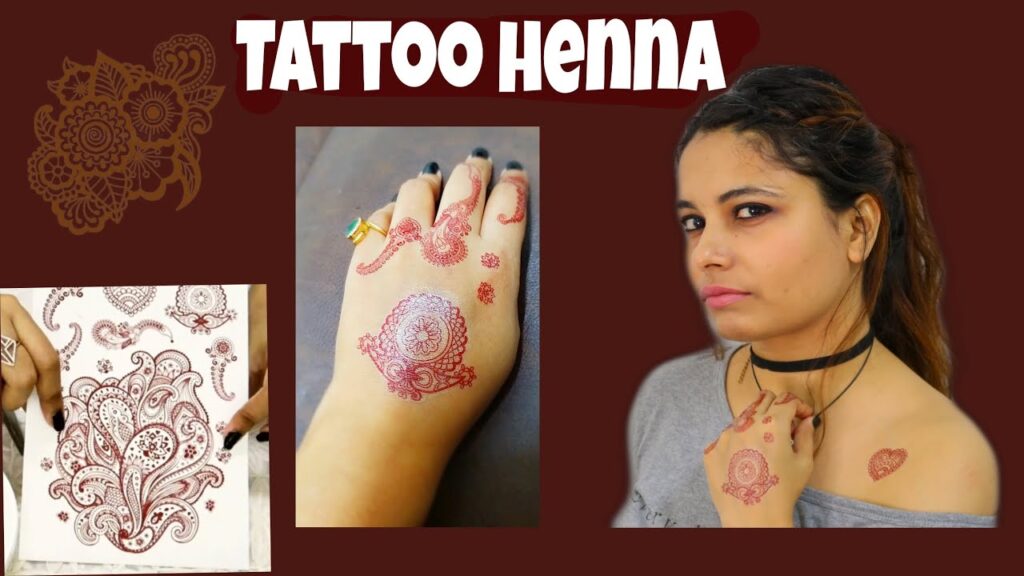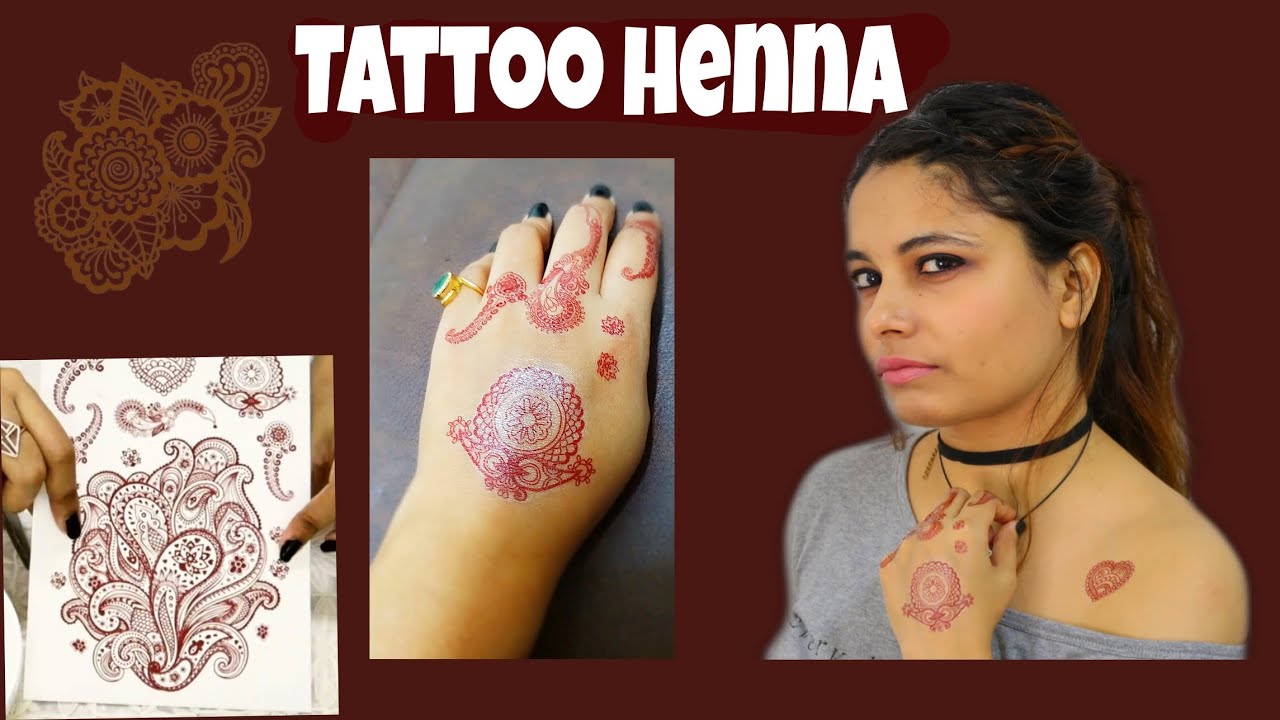
How to Remove Henna Tattoo in One Day: Effective Methods and Precautions
Henna tattoos, also known as Mehndi, are temporary skin decorations popular for celebrations and cultural events. While they are meant to fade naturally over time, sometimes you might need to remove a henna tattoo quickly. If you’re wondering how to remove henna tattoo in one day, it’s crucial to approach the process carefully to avoid skin irritation. This article provides a comprehensive guide on effective methods and essential precautions for removing henna tattoos safely and efficiently.
Understanding Henna Tattoos and Their Longevity
Before delving into removal techniques, understanding what henna is and how it works is essential. Natural henna is derived from the henna plant (Lawsonia inermis) and produces a reddish-brown stain. The stain’s longevity depends on factors like skin type, henna quality, and aftercare. Typically, a natural henna tattoo can last between one to three weeks.
However, it’s important to distinguish natural henna from ‘black henna.’ Black henna often contains a chemical dye called paraphenylenediamine (PPD), which can cause severe allergic reactions, blistering, and permanent scarring. If you suspect you have a black henna tattoo, consult a dermatologist immediately. The methods described below are primarily for natural henna.
Immediate Actions After Application
The easiest way to minimize the stain is to act quickly. If you’ve just applied the henna and want to remove it, the following steps can help:
- Wash Immediately: Rinse the area with warm water and mild soap as soon as possible.
- Exfoliate Gently: Use a soft cloth to gently exfoliate the area while washing. Avoid harsh scrubbing, which can irritate the skin.
Effective Methods to Remove Henna Tattoos in One Day
These methods are designed to fade or remove henna quickly, but remember that complete removal in one day might not always be possible, especially if the henna has been on for a while.
Exfoliation
Exfoliation is a key method to remove henna tattoo in one day. It helps to shed the top layers of skin where the henna stain resides.
- Sugar Scrub: Mix sugar with olive oil or coconut oil to create a natural scrub. Gently massage the scrub onto the henna area in circular motions for a few minutes, then rinse with warm water. Repeat this several times throughout the day.
- Salt Scrub: Similar to a sugar scrub, a salt scrub can be made by mixing salt with oil. Salt is a more abrasive exfoliant, so use it with caution and avoid if you have sensitive skin.
- Exfoliating Gloves or Cloth: Use exfoliating gloves or a rough cloth with soap to gently scrub the henna area while showering.
Lemon Juice and Baking Soda
Lemon juice is a natural bleaching agent, and baking soda is a mild abrasive. When combined, they can help to fade the henna stain. However, use this method with caution, as lemon juice can be harsh on the skin and cause photosensitivity.
- Mix: Create a paste by mixing equal parts lemon juice and baking soda.
- Apply: Apply the paste to the henna area and leave it on for 10-15 minutes.
- Rinse: Rinse thoroughly with warm water and moisturize the skin.
Limit this treatment to once or twice a day to avoid skin irritation. Always perform a patch test before applying it to a larger area.
Hydrogen Peroxide
Hydrogen peroxide is a bleaching agent that can help to lighten the henna stain. Use a 3% solution, which is readily available in most pharmacies.
- Apply: Soak a cotton ball with hydrogen peroxide and gently dab it onto the henna area.
- Wait: Leave it on for a few minutes (5-10 minutes).
- Rinse: Rinse with cool water and moisturize.
Hydrogen peroxide can be drying, so make sure to moisturize well afterward. Limit use to once a day.
Micellar Water
Micellar water is a gentle cleansing agent that can help to remove the henna stain. It works by attracting dirt and oil, and it’s less harsh than some other methods.
- Apply: Soak a cotton pad with micellar water.
- Wipe: Gently wipe the henna area with the cotton pad.
- Repeat: Repeat until the stain starts to fade.
This method is gentler and can be used multiple times throughout the day.
Oils
Various oils can help to fade the henna stain by moisturizing the skin and promoting exfoliation.
- Olive Oil: Apply olive oil to the henna area and massage it in. Leave it on for a few hours or overnight, then rinse with warm water.
- Coconut Oil: Similar to olive oil, coconut oil can be applied and left on for an extended period.
- Baby Oil: Baby oil is gentle and can help to loosen the henna stain. Apply it and let it sit for a while before wiping it off.
Baking Soda Paste
Baking soda can be used alone to help remove the henna. Make a thick paste with water and apply to the area. Allow to sit for 10-15 minutes, then rinse with warm water. This should be used sparingly to avoid skin irritation.
Shaving
If the henna is on an area where hair grows, shaving can help to remove the top layer of skin and fade the stain. Be gentle and use shaving cream to avoid irritation.
Precautions and Considerations
When trying to remove henna tattoo in one day, it’s crucial to prioritize skin health and avoid harsh treatments that could cause damage. Here are some important precautions:
- Patch Test: Always perform a patch test before using any new method to ensure you don’t have an allergic reaction. Apply a small amount of the product to a discreet area of skin and wait 24 hours to see if any irritation occurs.
- Avoid Harsh Chemicals: Stay away from strong chemicals like bleach or harsh detergents, as they can cause severe skin damage.
- Moisturize Regularly: All the methods described above can be drying to the skin. Make sure to moisturize the treated area regularly with a gentle, fragrance-free moisturizer.
- Limit Sun Exposure: Some methods, like using lemon juice, can make your skin more sensitive to the sun. Avoid direct sun exposure after treatment, or wear sunscreen with a high SPF.
- Consult a Dermatologist: If you experience any signs of irritation, such as redness, itching, or blistering, stop the treatment immediately and consult a dermatologist.
What if the Henna is Black Henna?
As mentioned earlier, black henna is a serious concern. If you suspect you have a black henna tattoo, do not attempt to remove it yourself. Seek immediate medical attention. Black henna often contains high levels of PPD, which can cause severe allergic reactions, including:
- Blistering
- Scarring
- Permanent skin discoloration
A dermatologist can provide appropriate treatment, such as topical corticosteroids or, in severe cases, oral medications.
Lifestyle Changes to Fade Henna Faster
While specific methods can help to fade henna, certain lifestyle changes can also contribute to faster removal:
- Regular Showers: Frequent showers can help to exfoliate the skin naturally.
- Swimming: Chlorine in swimming pools can help to fade the henna stain.
- Sun Exposure (with caution): Limited sun exposure can help to lighten the stain, but always wear sunscreen to protect your skin from damage.
The Bottom Line
While the desire to remove henna tattoo in one day is understandable, it’s essential to approach the process with caution and prioritize the health of your skin. Effective methods include exfoliation, lemon juice and baking soda (used sparingly), hydrogen peroxide, micellar water, and oils. Always perform a patch test, moisturize regularly, and avoid harsh chemicals. If you suspect you have black henna, seek immediate medical attention. Remember that complete removal in one day may not be possible, and patience is key. [See also: Safe Tattoo Removal Techniques] By following these guidelines, you can safely and effectively fade your henna tattoo.

